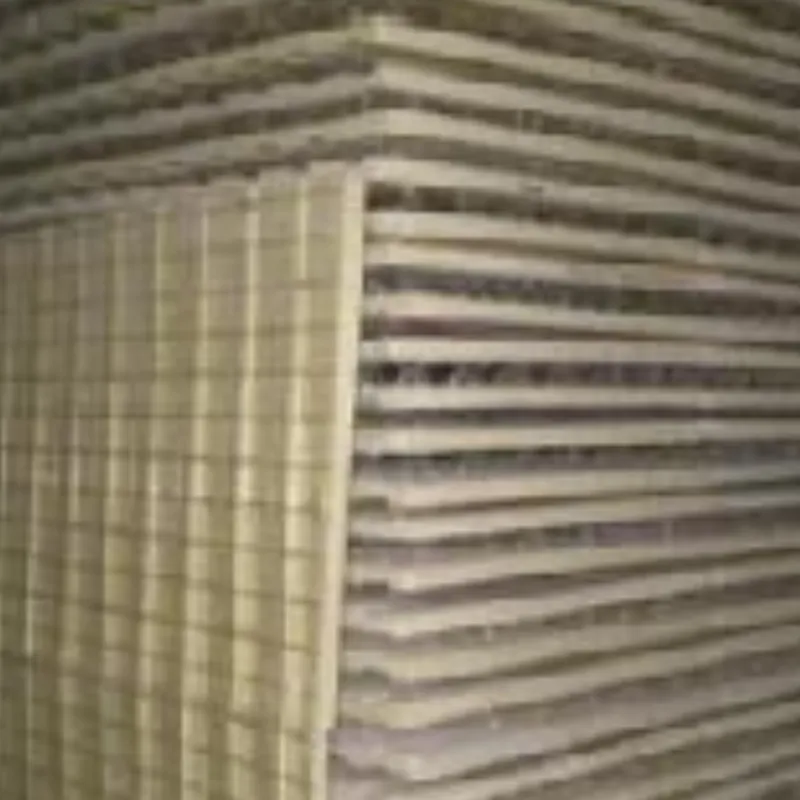Dec . 28, 2024 17:13 Back to list
Cost-effective Solutions for Livestock Fencing That Fit Your Budget
Affordable Livestock Fencing Protecting Your Animals Without Breaking the Bank
When it comes to farming and animal husbandry, one of the critical components of maintaining a successful operation is ensuring that your livestock is kept safe and secure. Fencing serves not only as a boundary but also as a protective barrier that helps keep your animals contained and prevents unwanted predators from intruding. However, the cost of livestock fencing can quickly escalate, leading many farmers to seek affordable solutions without compromising on quality and effectiveness. This article explores practical options for affordable livestock fencing.
Understanding Your Needs
Before diving into the various types of fencing, it’s essential to assess your specific needs. Different animals require different fencing solutions. For instance, horses and cattle may need sturdier solutions to resist their strength, while sheep and goats may require fencing that prevents them from escaping through small gaps. Consider factors such as the size of your property, the types of animals you have, and the potential threats from wildlife in your area.
Types of Affordable Livestock Fencing
1. Barbed Wire Fencing One of the most traditional and cost-effective solutions, barbed wire fencing is suitable for larger livestock such as cattle and horses. It consists of steel wires twisted together with sharp barbs, deterring animals from pressing against the fence. While installation is relatively inexpensive, care must be taken to maintain it, as the wire can become loose or corroded over time.
2. Electric Fencing Electric fences can be an affordable and effective way to contain livestock. They are versatile and can be adjusted to fit various terrains and sizes. More importantly, they provide a psychological barrier that discourages animals without causing them harm. The initial setup may require investment in energizers and wire, but overall maintenance costs can be low, making electric fencing a practical choice.
affordable livestock fencing

3. Polywire and Polytape Fencing This lightweight option is particularly useful for temporary fencing or pasture rotation. Made from plastic and often combined with conductive wires, polywire is easy to install and remove. It’s perfect for farmers looking to manage grazing effectively or create temporary barriers without the high costs associated with more permanent fencing solutions.
4. Field Fencing Typically made of woven wire, field fencing is durable and can be used for various livestock, including sheep, goats, and cattle. While it may require a higher initial investment than barbed wire, its longevity and versatility can make it a more affordable option in the long run.
DIY Fencing Solutions
If you’re looking to save even more money, consider taking a DIY approach to fencing. With some basic tools and materials, you can construct your own fencing. Repurposing materials, such as old pallets or recycled wires, can significantly reduce costs. Furthermore, engaging the community could lead to shared resources and collaborative efforts to erect more extensive fencing systems.
Conclusion
Protecting your livestock doesn't have to be an expensive endeavor. By carefully considering your needs and exploring various fencing options—ranging from barbed wire and electric fencing to DIY projects—you can find cost-effective solutions that ensure the safety and security of your animals. Affordable livestock fencing is not just about keeping animals contained; it’s about investing in the well-being of your farm and its future. Through smart planning and resourceful approaches, you can maintain secure and functional fencing that fits your budget and meets your livestock’s needs.
-
Reinforcing Mesh: Core Material of the Construction Industry
NewsJul.07,2025
-
Welded Wire Fabric Reinvented for Modern Projects
NewsJul.04,2025
-
Superiority of Stainless Steel Woven Mesh
NewsJul.04,2025
-
Key Types of Razor Wire and Their Applications
NewsJul.04,2025
-
Durable Metal Fence Types for Security
NewsJul.04,2025
-
Best Materials for Livestock Fence
NewsJul.04,2025
products.







